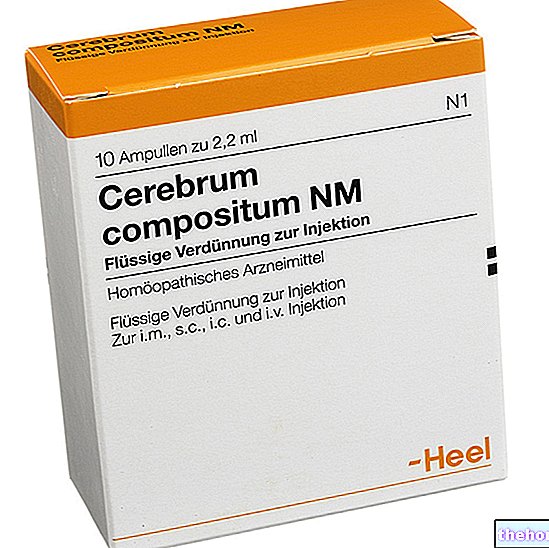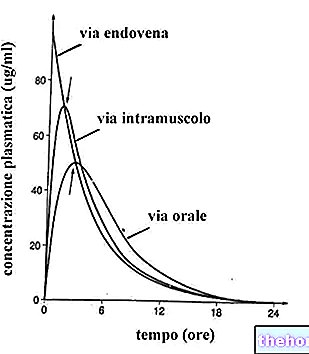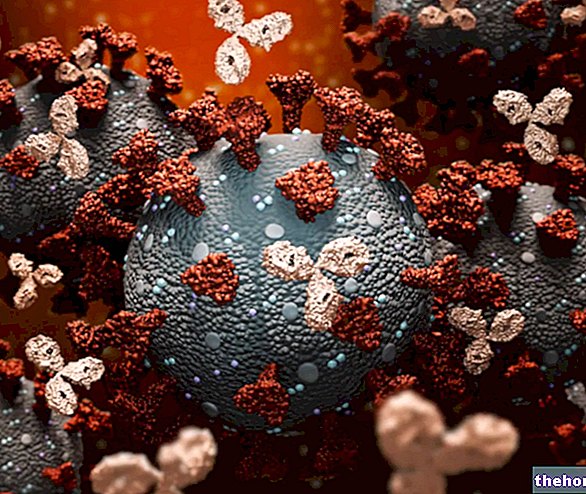
What is Aloxi?
Aloxi is a solution for injection that contains the active substance palonosetron.
What is Aloxi used for?
Aloxi is an antiemetic (medicine that prevents nausea and vomiting). It is used for the prevention of nausea and vomiting caused by chemotherapy (drugs given to treat cancer). Aloxi is used in highly emetogenic (strongly nausea and vomiting) chemotherapy (e.g. cisplatin) and in moderately emetogenic chemotherapy (e.g. cyclophosphamide, doxorubicin or carboplatin).
How is Aloxi used?
Aloxi is injected by a doctor or nurse about 30 minutes before the start of chemotherapy. The usual dose of Aloxi is 250 micrograms given by injection into a vein lasting 30 seconds. The effectiveness of Aloxi can be increased by adding a corticosteroid (a type of medicine that can be used as an antiemetic). Aloxi should only be given before chemotherapy. It is not recommended in patients under the age of 18 because there is insufficient information on its effects in this age group.
How does Aloxi work?
The active ingredient in Aloxi, palonosetron, is a '5HT3 antagonist', which means it prevents a chemical called 5-hydroxytryptamine (5HT, also known as serotonin) from binding to its receptors in the intestine. When it binds to these receptors, 5HT normally causes nausea and vomiting.By inhibiting these receptors, Aloxi prevents the nausea and vomiting that often occur after chemotherapy.
How has Aloxi been studied?
Aloxi has been studied in three main studies involving 1,842 adults undergoing highly or moderately emetogenic chemotherapy. Aloxi, given at two different doses, was compared with other anti-emetic drugs of the same type (ondansetron and dolasetron). The studies measured the number of patients who did not vomit in the 24 hours following the administration of chemotherapy. In another study, the efficacy of Aloxi in preventing nausea and vomiting with repeated courses of chemotherapy was investigated. In this study, Aloxi was not compared with other antiemetics.
What benefit has Aloxi shown during the studies?
Aloxi was shown to be as safe and effective as other antiemetics. In highly emetogenic chemotherapy, 59% of patients treated with Aloxi did not vomit in the 24 following chemotherapy (132 of 223), compared with 57% of those treated with ondansetron (126 of 221).
In moderately emetogenic chemotherapy, 81% of patients treated with Aloxi did not vomit in the 24 following chemotherapy (153 out of 189), compared with 69% of those treated with ondansetron (127 out of 185). When compared with dolasetron, the corresponding values were 63% for Aloxi (119 of 189 patients) and 53% for dolasetron (101 of 191 patients). Aloxi has also been shown to be effective in repeated courses of chemotherapy.
What is the risk associated with Aloxi?
The most common side effects with Aloxi (seen in 1 to 10 patients in 100) are headache, dizziness, constipation and diarrhea. For the full list of side effects reported with Aloxi, see the Package Leaflet.
Aloxi must not be used in people who may be hypersensitive (allergic) to palonosetron or any other ingredients of the medicine.
Why has Aloxi been approved?
The Committee for Medicinal Products for Human Use (CHMP) decided that Aloxi's benefits are greater than its risks in preventing nausea and vomiting caused by highly or moderately emetogenic cancer chemotherapy. The committee recommended the granting of a marketing authorization for Aloxi.
More information about Aloxi
On March 22, 2005, the European Commission granted Helsinn Birex Pharmaceuticals Ltd. a "Marketing Authorization" for Aloxi, valid throughout the European Union.
For the full version of Aloxi's EPAR click here
Last update of this summary: 01-2009.
The information on Aloxi - palonosetron published on this page may be out of date or incomplete. For a correct use of this information, see the Disclaimer and useful information page.




























